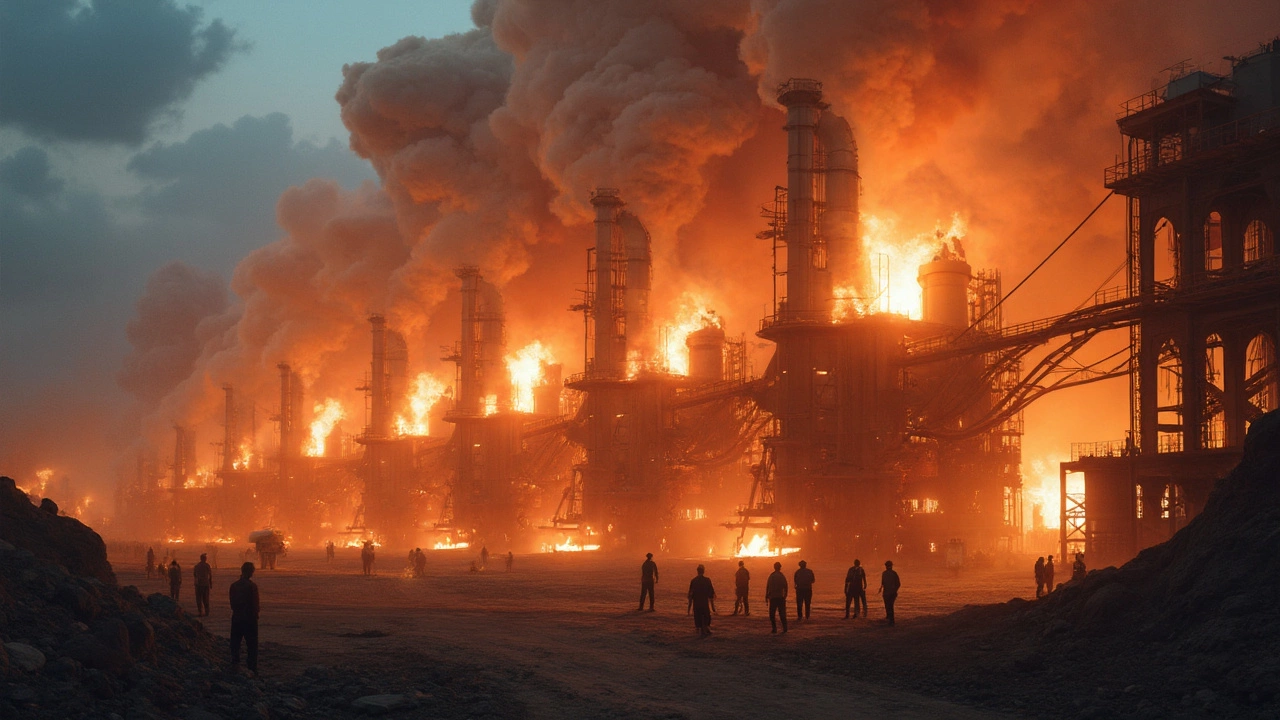Steel Production: What India’s Factories Are Doing Right Now
If you’re looking at the Indian manufacturing scene, steel production is the backbone you’ll hear about the most. From huge plants in Jamshedpur to newer mini‑mills near Gujarat, the sector is pulsing with change. In this guide we’ll break down the tech that’s reshaping the industry, the market forces driving growth, and the practical steps you can take if you want to tap into this space.
Key Technologies Shaping Steel Production
First off, automation isn’t just a buzzword—robots, sensors and AI are now on the shop floor. Smart rollers can adjust thickness in real time, cutting waste by up to 15%. That means lower costs and a smaller carbon footprint, two things customers care about more than ever.
Another game‑changer is electric arc furnace (EAF) technology. Unlike traditional blast furnaces, EAFs use electricity to melt scrap steel, which speeds up the melt cycle and lets plants switch on and off with the grid. For a country pushing renewable energy, this aligns perfectly with India’s clean‑energy goals.
Don’t overlook advanced metallurgy. Grades like high‑strength low‑alloy (HSLA) and micro‑alloyed steels are now produced in bulk, thanks to precision temperature control and computer‑driven chemistry. These steels are lighter but stronger, opening doors to automotive, construction and even aerospace projects.
Market Trends and Opportunities
Demand for steel in India is climbing because of infrastructure pushes like new highways, metro lines and housing projects. The government’s “Make in India” program adds another layer, encouraging domestic manufacturers to source locally instead of importing.
One practical tip: look for niche markets that need specific steel grades. For example, the renewable energy sector needs corrosion‑resistant steel for wind turbine towers. Supplying that niche can give a small or medium‑sized plant a steady revenue stream.
Export potential shouldn’t be ignored either. While the United States remains the world’s steel capital, countries such as Bangladesh and Vietnam are importing increasing volumes of Indian steel. Understanding the quality standards and certification processes for these markets can unlock new buyers.
Finally, keep an eye on policy shifts. Recent revisions to the steel import duty have made locally produced steel more competitive. Pairing that advantage with efficient production methods can boost profit margins dramatically.
So, whether you run a large mill or are thinking of starting a mini‑steel operation, the key is to blend technology with market insight. Automate where you can, focus on high‑value steel grades, and stay tuned to policy changes. That recipe will help you stay ahead in India’s fast‑moving steel production arena.

Top Steel Producers: Unveiling the 5 Giants
In the world of steel production, a handful of giants dominate the market. This article dives into the five largest steel producers globally, highlighting their market impact and production capabilities. With steel being a backbone of modern infrastructure, understanding these key players provides insights into global industrial trends and economic powerhouses. From their innovative processes to geographical influence, learn what sets these producers apart.
Read More